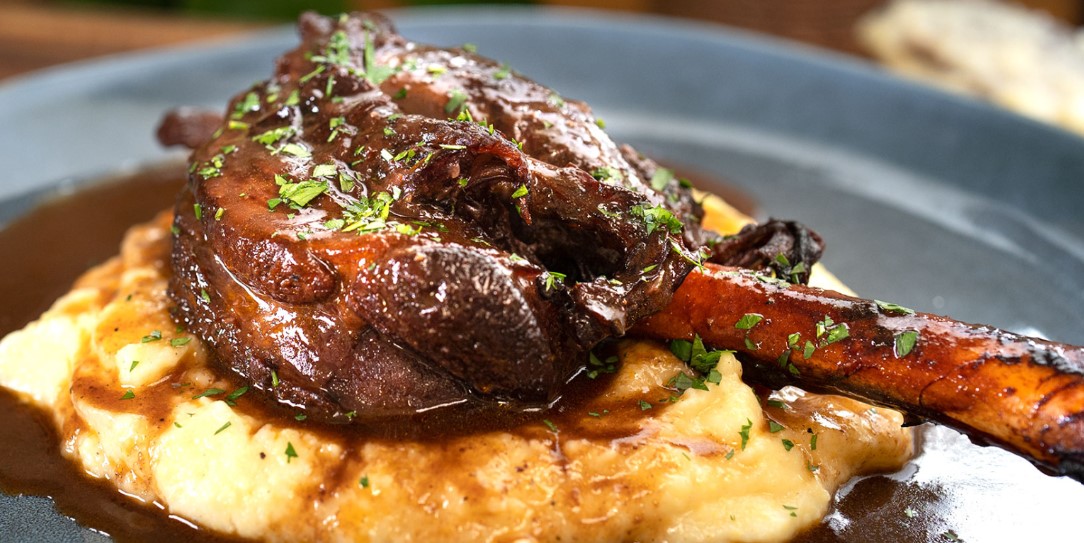Yogurt and buttermilk are both popular fermented dairy products, but they have distinct differences. Let’s explore these differences to understand their unique characteristics:
Base Ingredients:
- Yogurt: Made from milk and yogurt culture.
- Buttermilk: Derived from curd (yogurt) and water.
Taste:
- Yogurt: Has a sweet and sour flavor with a creamy consistency.
- Buttermilk: Offers a tangy taste, leaning more towards sourness. Traditional buttermilk is less sour than the cultured versions.
Consistency:
- Yogurt: Thick and creamy.
- Buttermilk: Thin and more liquid.
Nutritional Attributes (per 1 cup):
- Calories:
- Yogurt: Approximately 159 calories.
- Buttermilk: Around 152 calories.
- Carbohydrates, Fat, and Protein Content:
- Both yogurt and buttermilk contain approximately 12g of carbohydrates, 8g of fat, and 8g of protein.
- Calcium Content:
- Yogurt: Provides 300mg of calcium.
- Buttermilk: Contains 282mg of calcium.
Preparation:
- Yogurt: Prepared by adding yogurt culture to warm milk and allowing it to ferment.
- Buttermilk: Traditionally obtained from the butter-making process or artificially fermented with citric acid (cultured buttermilk).
Probiotics:
- Yogurt: It contains two different types of bacteria, making it rich in probiotics.
- Buttermilk: It contains only one type of bacteria.
Digestibility:
- Buttermilk: Easier to digest due to its thinner consistency.
In summary, while both yogurt and buttermilk offer nutritional benefits, they serve different purposes in cooking and consumption. Whether you’re making a refreshing drink or marinating chicken, understanding their unique qualities allows you to choose the right one for your culinary adventures!
Remember, the magic lies in the simplicity of transforming yogurt into buttermilk. So, the next time you reach for that yogurt container, envision the delightful buttermilk waiting to be made!
How to Make Buttermilk from Yogurt: A Simple and Flavorful Recipe
Introduction
Buttermilk, with its tangy flavor and versatility, is a staple in many kitchens. Whether you’re using it for baking, marinating, or simply enjoying a refreshing drink, buttermilk adds a delightful twist to your culinary creations. Did you know that you can easily make buttermilk at home using yogurt? In this article, we’ll explore the simple process of turning yogurt into creamy buttermilk. Let’s dive in!
What Is Buttermilk?
Before we get into the recipe, let’s understand what buttermilk is. Traditionally, buttermilk was the liquid left behind after churning butter out of cream. Nowadays, the term “buttermilk” is applied to several similar fermented dairy drinks commonly sold in most grocery stores. Yogurt, a prevalent fermented dairy product, serves as an excellent base for making buttermilk.
Making Buttermilk from Yogurt
Ingredients Needed:
- 1 cup plain yogurt (homemade or store-bought)
- 1 cup water
Step 1: Making Yogurt (Curd)
- If you want to start from scratch, consider making yogurt at home. However, using store-bought yogurt significantly reduces preparation time. The yogurt fermentation process can take 5 to 10 hours, depending on your climate.
- Heat 1 liter of whole-fat cow’s milk on the stove or in the microwave. Stir gently while heating to avoid scalding the bottom layer.
- Once the milk starts boiling, lower the heat and let it come to a boil again. Repeat this process once or twice until the milk is well-boiled.
- Allow the milk to cool to around 110°F (43°C). You can use a kitchen thermometer to check the temperature.
- Add 2 tablespoons of yogurt (store-bought or from a previous batch) as a starter culture to the warm milk. Mix well.
- Cover the container with a lid or cloth and place it in a warm spot. Let it ferment for 5 to 10 hours until it thickens into yogurt.
Step 2: Making Buttermilk
- Take 1 cup of the homemade plain yogurt (curd) and place it in a mixing bowl.
- Add 1 cup of water to the yogurt.
- Whisk the mixture until smooth. You now have your homemade buttermilk!
- Adjust the consistency by adding more or less water, depending on whether you prefer thin or thick buttermilk.
- If you don’t mind a slightly sour taste, you can use boiled or cold water to dilute the yogurt for making buttermilk.
Conclusion
Making buttermilk from yogurt is not only easy but also rewarding. Now that you know the process, create your batch of creamy buttermilk. Whether you’re baking fluffy pancakes or marinating chicken, your homemade buttermilk will add that special touch to your dishes. Cheers to culinary adventures!
Remember, the magic lies in the simplicity of transforming yogurt into buttermilk. So, the next time you reach for that yogurt container, envision the delightful buttermilk waiting to be made!
FAQs
Q: Can I use Greek yogurt to make buttermilk?
A: Absolutely! Use 1/2 cup of plain Greek yogurt or 3/4 cup of regular plain yogurt (unsweetened) and add milk until the total volume reaches 1 cup.
Q: Is there a dairy-free option for making buttermilk?
A: Yes! You can use 1 cup of water mixed with 4 tablespoons of powdered buttermilk as a dairy-free alternative.
Q: How long does homemade buttermilk last?
A: Homemade buttermilk can be refrigerated for up to 1 week. Shake well before using.





